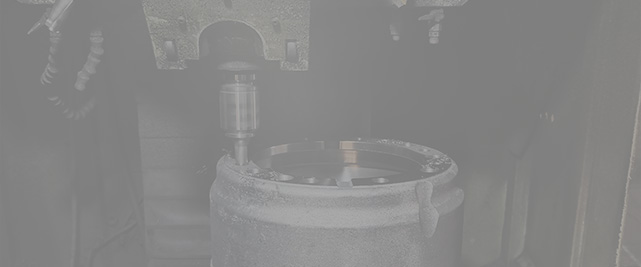Oct . 13, 2024 05:14 Back to list
brake drums and rotors
Understanding Brake Drums and Rotors Essential Components of Vehicle Safety
When it comes to vehicle safety, few components are as critical as the braking system. Within this system, brake drums and rotors play vital roles in ensuring effective stopping power. Understanding how these components function and their differences can enhance vehicle maintenance and safety.
What are Brake Drums and Rotors?
Brake drums are cylindrical devices that house the brake shoes in a drum brake system. When the brake pedal is pressed, hydraulic pressure forces the shoes against the inner surface of the drum, creating friction that slows the vehicle. This system is mainly used in older vehicles and rear-wheel drive models, as well as in some light trucks.
On the other hand, brake rotors are flat, disc-shaped components used in disc braking systems. When the brakes are applied, the caliper squeezes the brake pads against the rotor, generating friction to slow down or stop the vehicle. Disc brakes have become the more popular choice in modern vehicles due to their superior performance and heat dissipation capabilities.
Differences Between Brake Drums and Rotors
One of the primary differences between brake drums and rotors is the type of friction surface. Drums provide a circular surface for the brake shoes, while rotors offer a flat surface for brake pads. The choice between these two depends largely on the vehicle design and intended use.
Another notable difference lies in their performance characteristics. Disc brakes (rotors) generally provide better stopping power, especially under heavy load conditions or during prolonged braking. They also tend to self-clean better than drums, which can help prevent moisture and debris buildup that might otherwise compromise braking efficiency.
Advantages of Brake Drums
brake drums and rotors

Despite the prevalence of disc brakes, brake drums offer their own set of advantages. They are often more cost-effective to manufacture and are typically more effective in providing a solid braking force in low-speed conditions. Their design also allows for better brake system integration within compact spaces, making them a viable option for smaller vehicles.
Advantages of Brake Rotors
Brake rotors, however, are generally favored for their performance. They dissipate heat more effectively, reducing the risk of brake fade during heavy braking. Modern vehicles often come equipped with vented rotors that allow airflow between the two surfaces, enhancing heat dissipation further. Additionally, the smooth surface of the rotor can usually deliver more consistent braking performance, with less likelihood of uneven wear.
Maintenance and Replacement Considerations
Whether utilizing brake drums or rotors, regular inspection and maintenance are crucial for ensuring optimal performance and safety. Signs that a braking system component may need replacement include unusual noises during braking, diminished stopping power, or vibrations.
For brake drums, excessive wear can lead to a condition known as brake fade, while rotor issues may manifest as warping or cracking. Both situations can compromise vehicle safety, making timely replacement essential.
Conclusion
In the realm of vehicle safety, understanding the differences and functions of brake drums and rotors is essential. Both serve unique purposes and have their own advantages, contributing to the overall effectiveness of a vehicle's braking system. Regular maintenance and timely replacements of these components can significantly enhance driving safety and performance, ensuring peace of mind for drivers and passengers alike. In a world where safety should always come first, knowing about these crucial braking components is invaluable for any vehicle owner.
-
Scania Brake Drums: OEM Quality for Optimal Safety & Durability
NewsAug.16,2025
-
R.V.I: Advanced Remote Visual Inspection for Precision
NewsAug.15,2025
-
Discover HYUNDA: Innovative Vehicles, Equipment & Solutions
NewsAug.14,2025
-
R.V.I: Unlock Advanced Insights & Real-time Performance
NewsAug.13,2025
-
Kamaz Brake Drum: Durable & Reliable for Heavy Duty Trucks
NewsAug.12,2025
-
Heavy Duty Iveco Brake Drum - Premium Quality & Safety
NewsAug.11,2025
